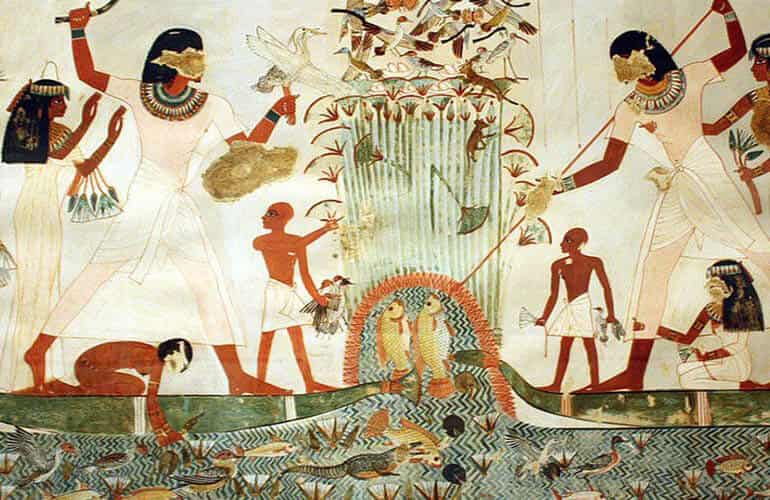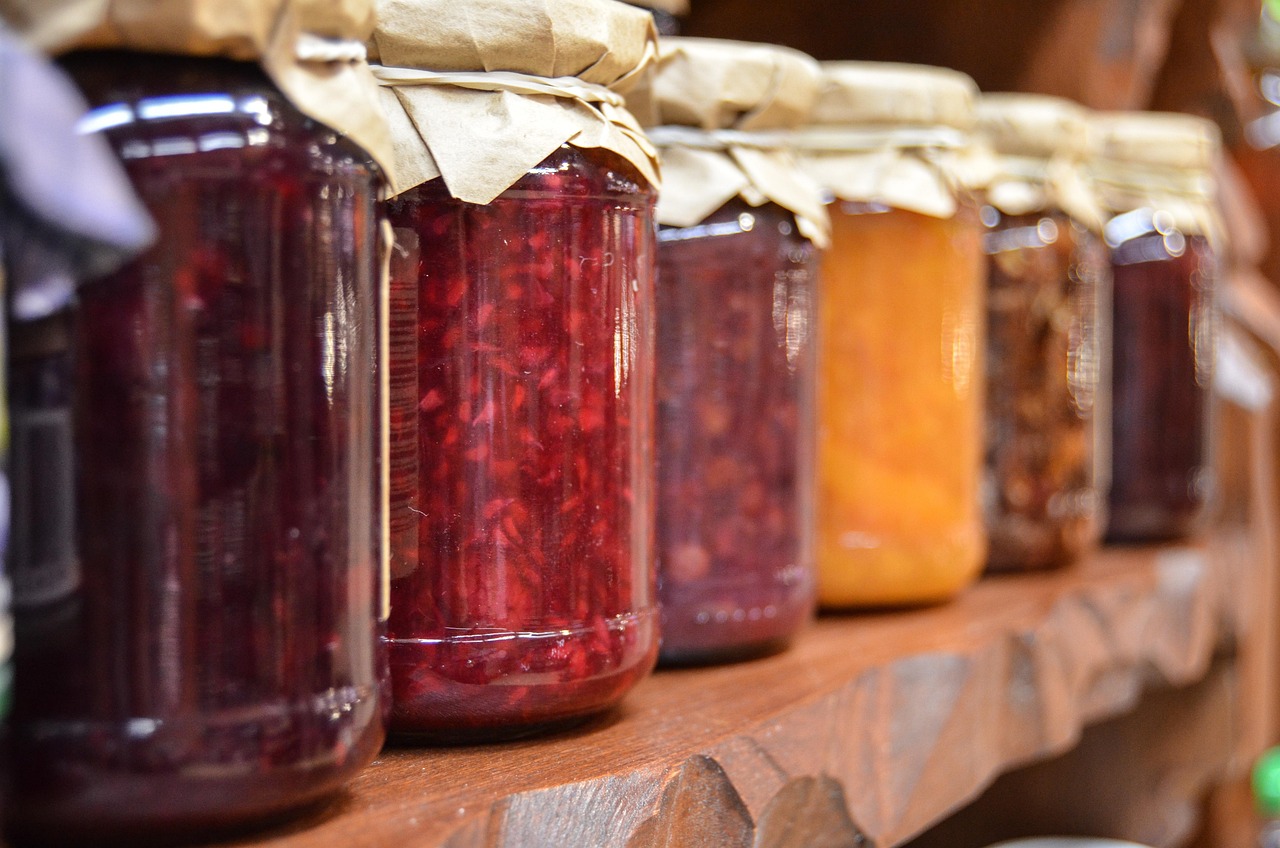Food preservation has always been essential to human survival. From the scorching deserts of ancient Persia to the high-tech food labs of today, the methods we’ve used to keep food safe, nutritious, and transportable have evolved tremendously. Here’s a journey through time, tracing how preservation techniques have shaped civilizations and continue to impact the way we eat.
1. Ancient Beginnings: Salt, Sun, and Smoke
The earliest methods of food preservation—drying, salting, and smoking—go back thousands of years. By 12,000 BC, Ancient Egyptians were sun-drying fish and poultry to prevent spoilage in the heat. Salt became a vital commodity used by the Sumerians, Chinese, and Phoenicians to preserve meat and fish.

Smoking, practiced widely across early cultures, added both flavor and longevity to food. It became a staple method for nomads and seafarers alike.
2. Pickling, Fermentation, and Clay Jars
By 2400 BC, the Mesopotamians were pickling cucumbers in brine. Fermentation, often accidental at first, led to food and drinks like kimchi, sauerkraut, yogurt, and beer. These not only preserved food but added nutritional value and probiotics.
Clay jars, sealed with wax or cloth, were used across cultures—from China to Greece—to store fermented goods.
3. Ice Houses and Cold Storage
Before the refrigerator, people found clever ways to harness ice and snow. The Persians built “yakhchals”—cone-shaped ice houses that stored ice year-round in desert climates. Romans and Chinese dynasties used natural ice to cool food in underground chambers.
These innovations laid the groundwork for centuries of cold storage technology.
4. Canning and the Industrial Revolution
In 1809, Frenchman Nicolas Appert developed canning: heating food in sealed glass jars to kill bacteria. This was revolutionary for Napoleon’s army and later evolved into tin canning, expanding global food trade.
Pasteurization followed in the 1860s, thanks to Louis Pasteur, ensuring milk and beverages stayed safe for longer periods.
🎥 The Miracle of the Can – British Pathé
5. The 20th Century: Refrigeration and Freezing
In the early 1900s, refrigeration was still a luxury. But by the 1930s, domestic refrigerators became more accessible. Meanwhile, Clarence Birdseye developed flash-freezing, preserving food texture and taste.
Other methods like vacuum packing and freeze-drying followed, making it possible to store and transport meals for war, space travel, and everyday convenience.
🎥 How Birdseye changed food forever

6. Today and the Future: High-Tech and Sustainable Preservation
Today, science meets sustainability. We use advanced techniques like:
- High-Pressure Processing (HPP) to kill microbes without heat.
- Modified Atmosphere Packaging (MAP) to slow spoilage.
- Smart labels that tell you if your food’s gone bad.
At the same time, many are returning to traditional methods—like fermentation, drying, and pickling—emphasizing natural preservation and reduced waste.
🎥 Modern preservation explained – SciShow

Final Thoughts
From ancient salt mines to space-age freeze-drying, food preservation has always reflected the needs, creativity, and ingenuity of humanity. At Berenda, we honor this legacy by sourcing and supplying products with longevity and freshness in mind—balancing tradition with modern needs.
